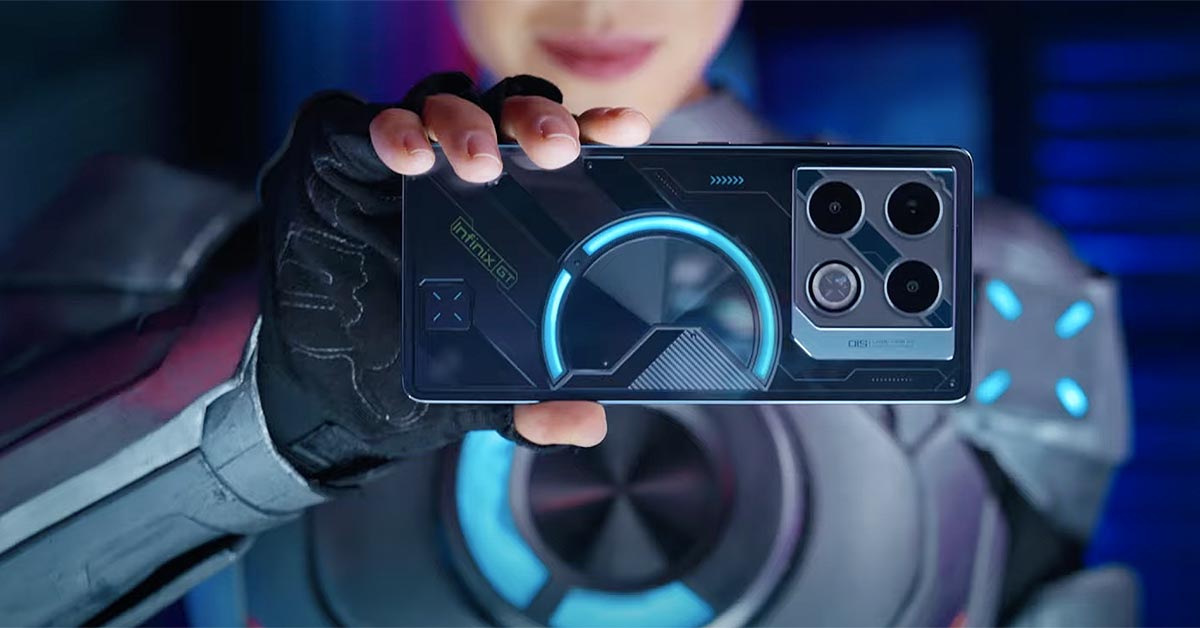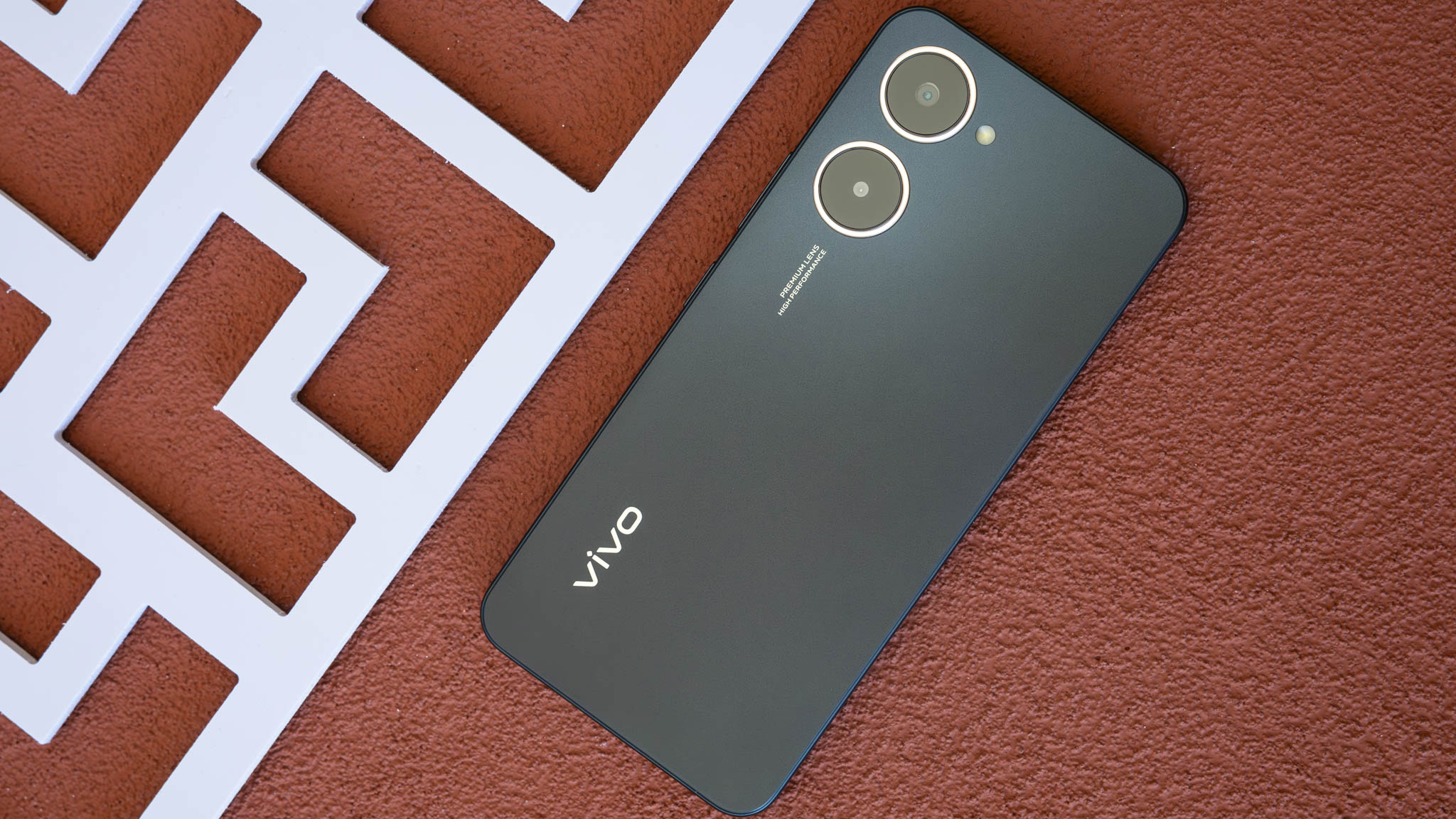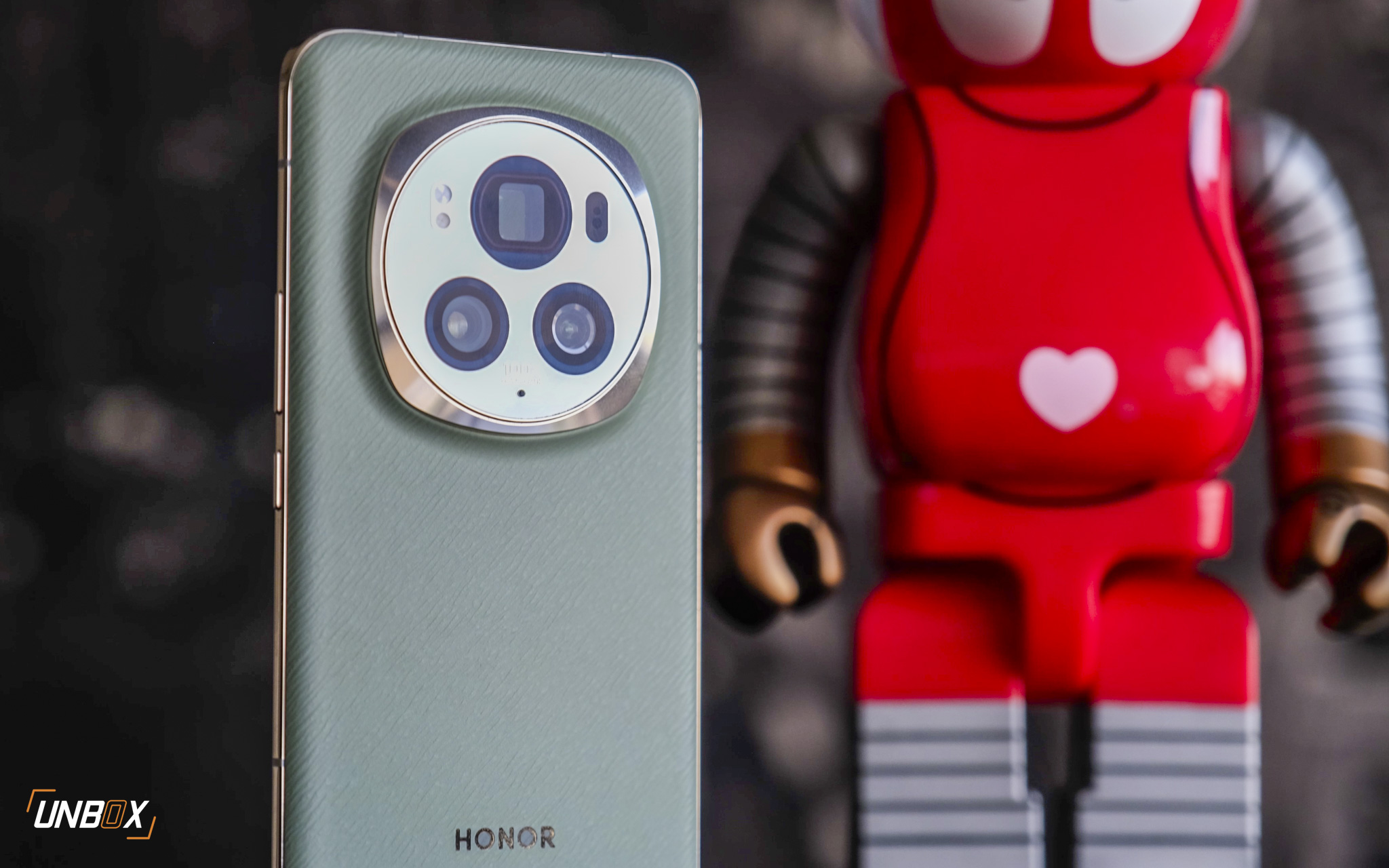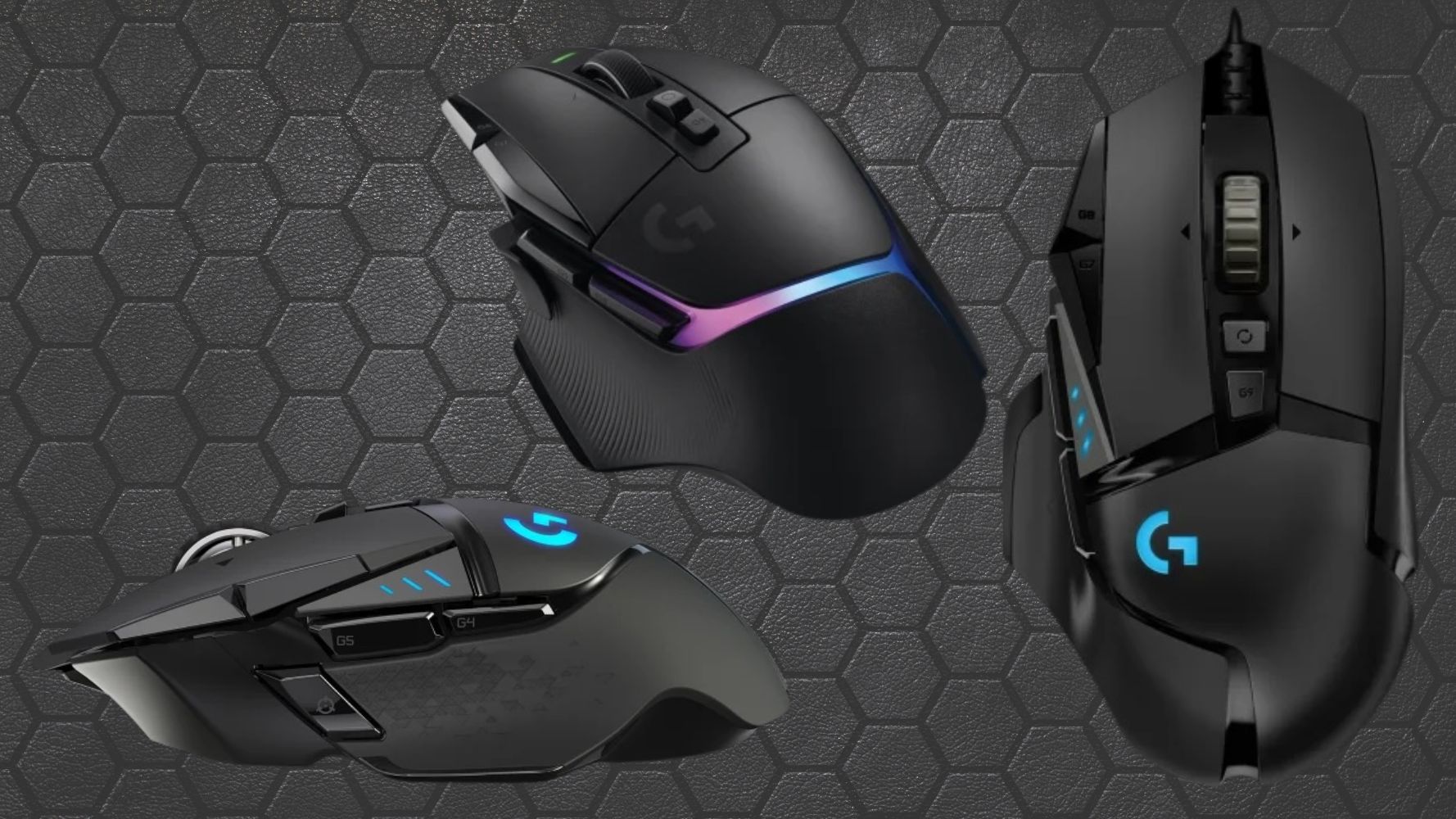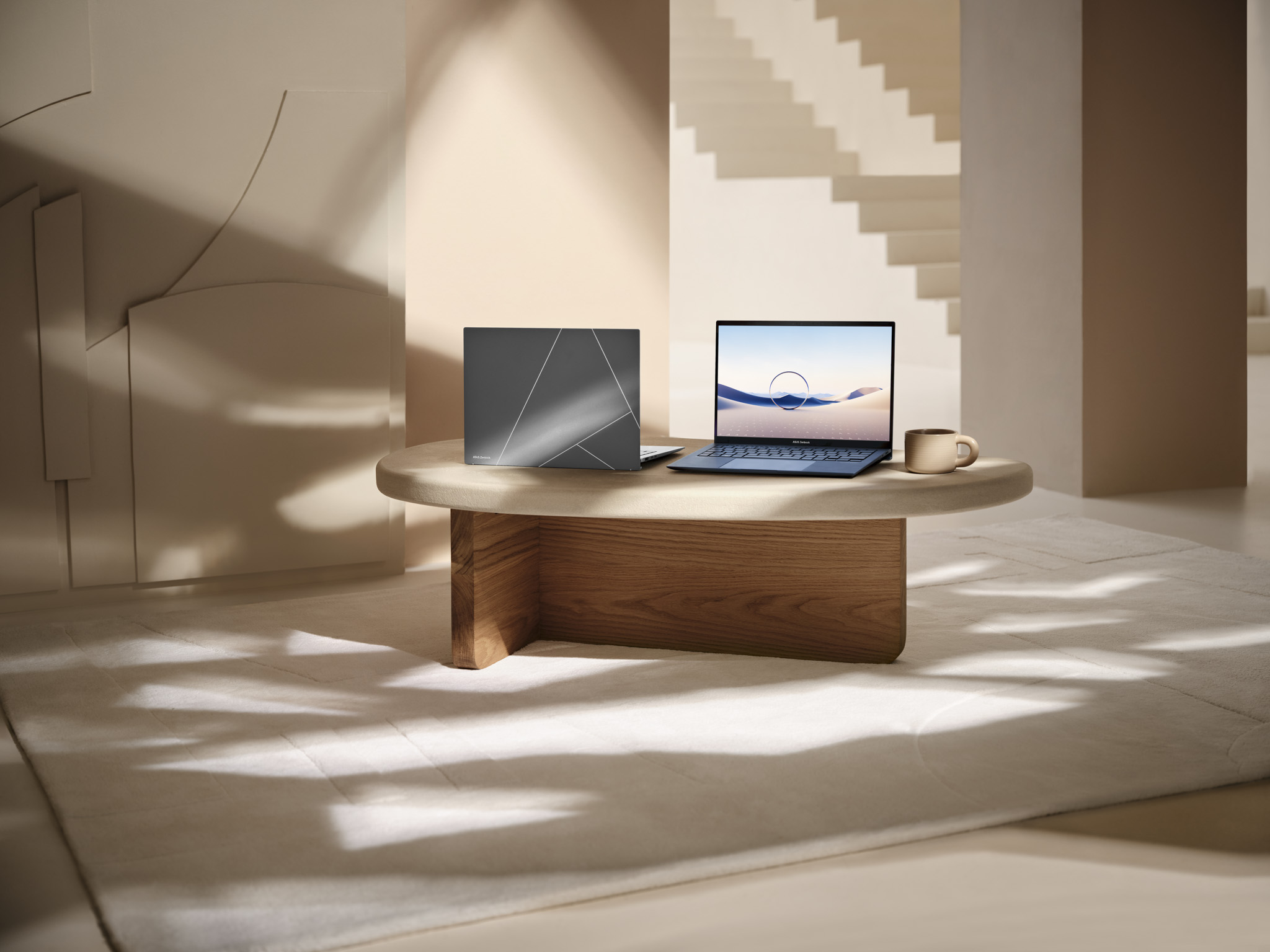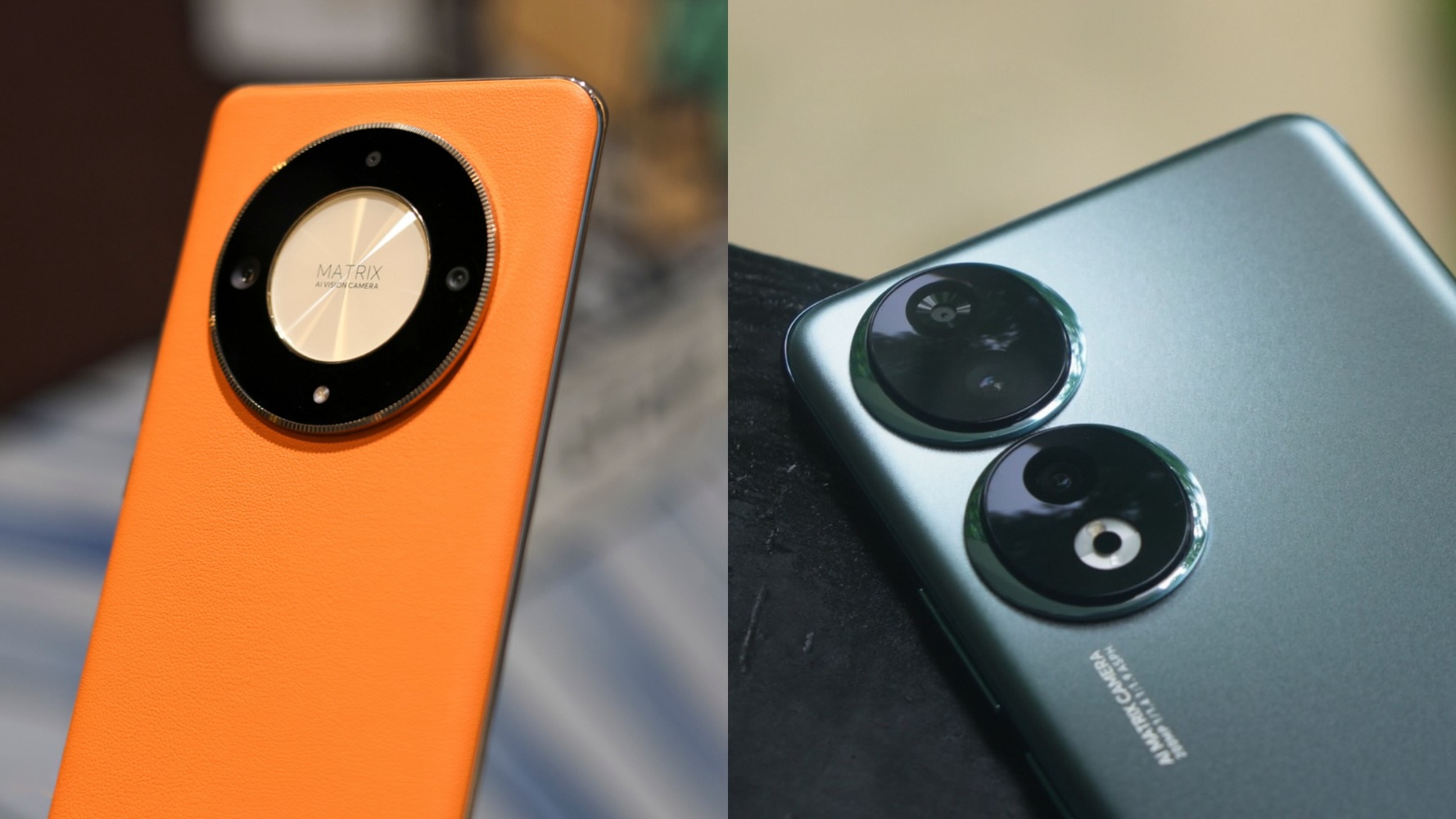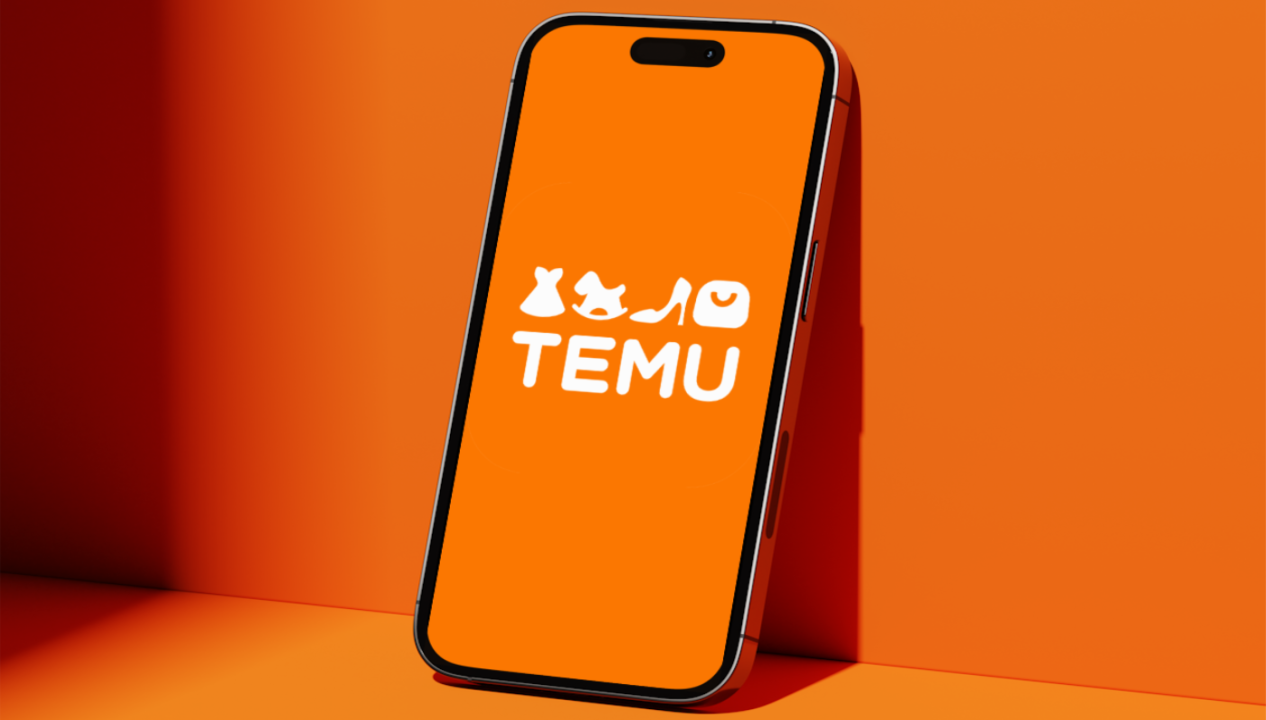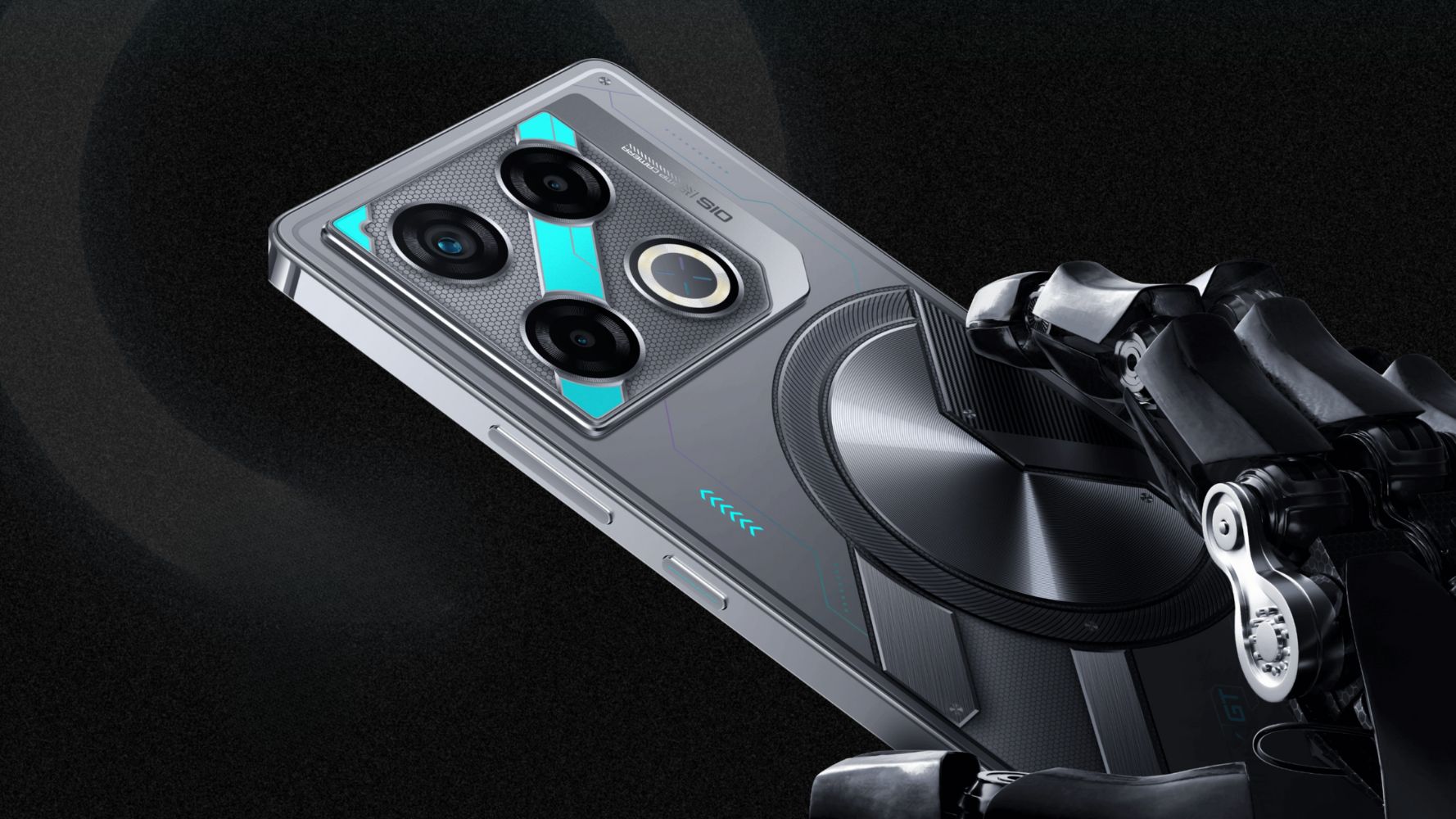As part of its push to expand internet connectivity to various provinces, government offices, and data centers in the Philippines, President Bongbong Marcos led the grand launch of the National Fiber Backbone (NFB) Project Phase 1 today (April 19) at Sofitel Philippine Plaza.
Marcos reiterated in his speech that part of his major plans for the country is to bring high-speed internet access to more parts of the Philippines. “Our people want to receive fast, reliable, affordable internet services, and our agencies are equipped with the best information technology tools that are available,” Marcos said.
The NBF began almost 6 years ago and enables the government to support up to a 2 Terabit connection coming from the US to Eastern Shores. To attain the government’s goals, the DICT created the National Broadband Program (NBP), to provide necessary interventions, policies, and infrastructures to enable even the most remote areas to enjoy the benefit of having “modern and state-of-the-art connections.”

“It is because it is clear that the internet has become the backbone of trade, communications, and transactions within and amongst communities. Because this backbone links us together, then it serves as the economic spine that props up our growth and supports our development,” Marcos adds.
Marcos said that the NFB P1 is the first and only government-owned National Fiber Backbone in the country, which spans 1,245 kilometers and is composed of 28 nodes from Laoag, Ilocos Norte, down to Roces District in Quezon City. It features a initial 600Gbps optical spectrum capacity that will serve at least 14 provinces in Northern and Central Luzon, two National Government Data Centers, and four BCDA ecozones.
The successful completion of NFB Phase 1 will also empower 346 national and local government offices connected to GovNet, boosting their overall operational efficiency and generating more than 145 million pesos in potential savings annually. It also aims to extend a digital lifeline to more than 3,000 Free Wi-Fi Sites, enabling direct internet access for approximately 750,000 beneficiaries in Regions I, III, and NCR.

“We look forward to the completion of the next five phases of the National Fiber Backbone Project by 2026. Once finished, the DICT expects to increase the penetration rate from 33% as it is now to 65%, reaching 70 million Filipinos out of the current 115 million population nationwide. It will also lower the price to as much as $5 per Mbps,” Marcos said.



